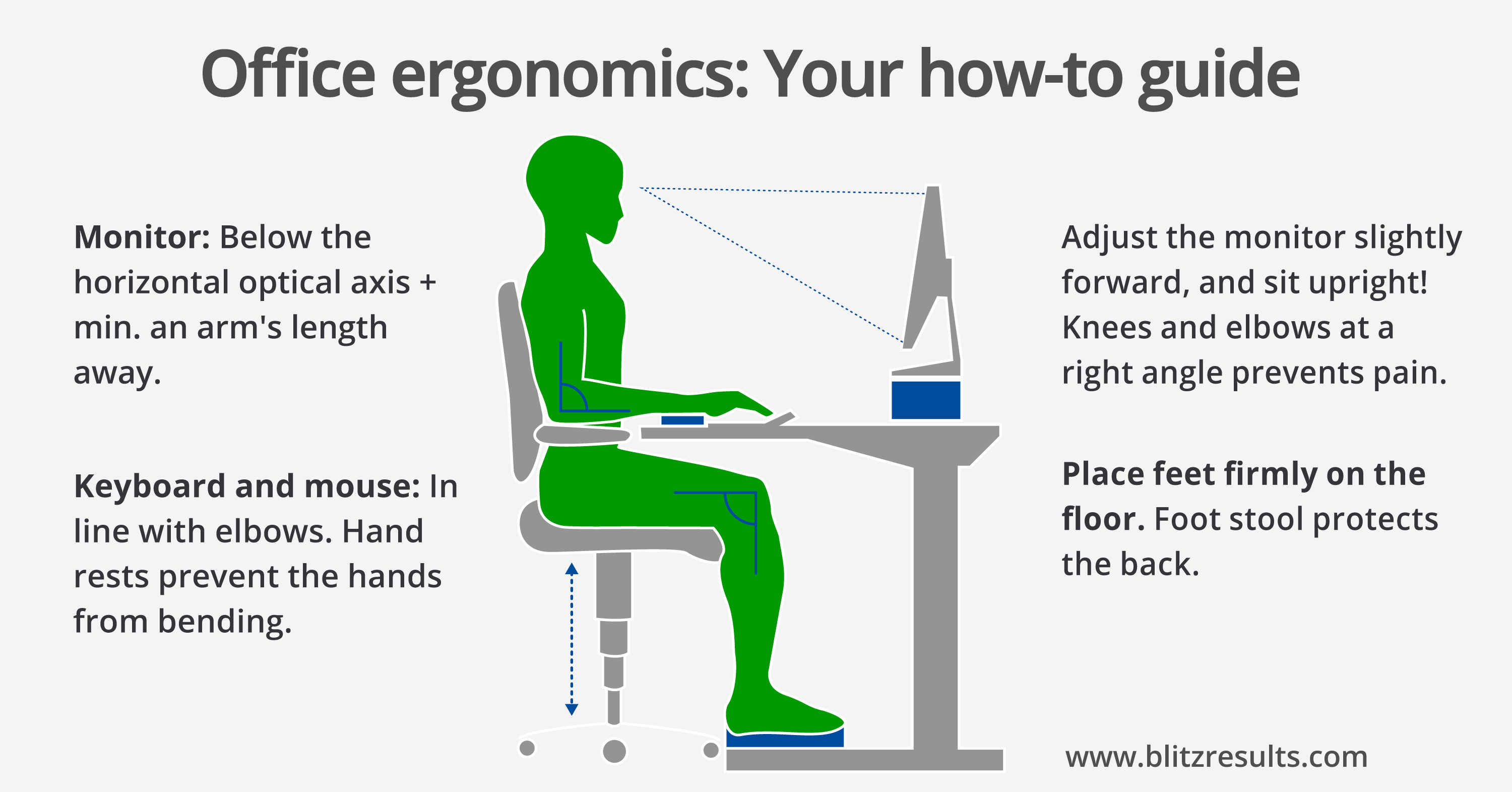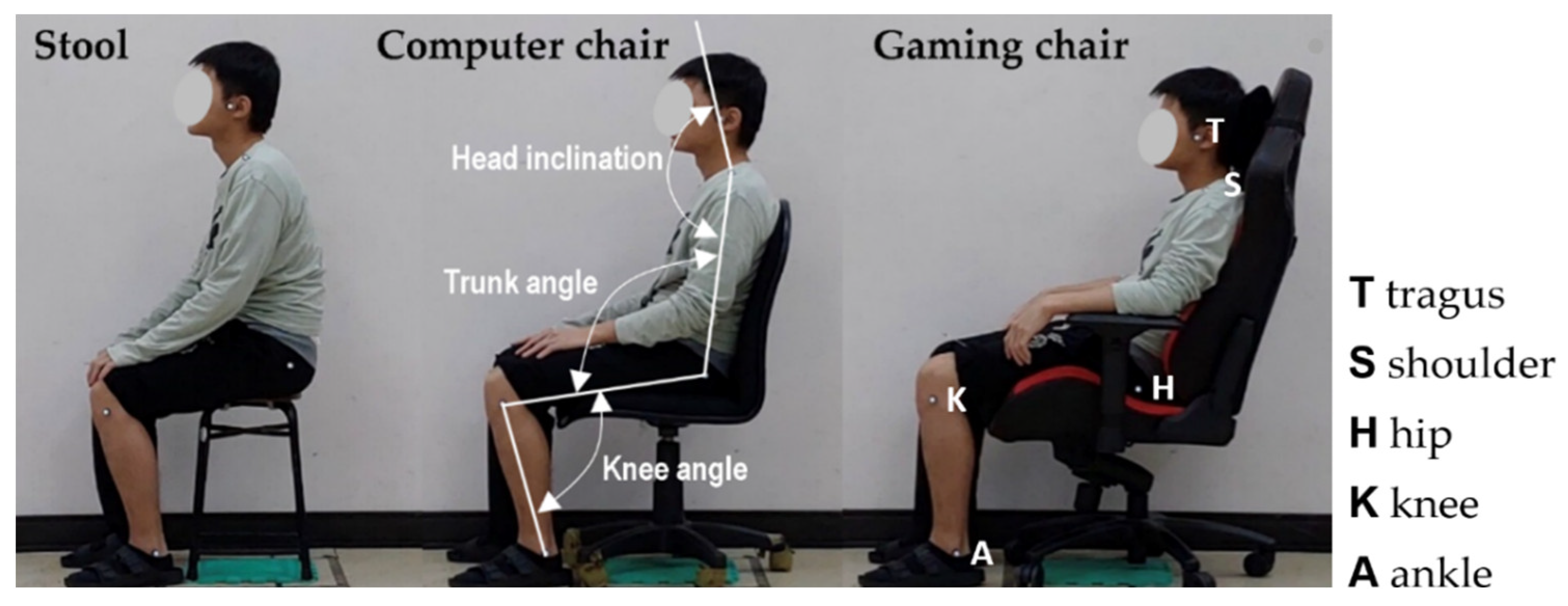Ergonomic Benefits and Features of Adjustable Standing Desk Chairs

Adjustable standing desk chairs offer a compelling alternative to traditional office seating, promoting better posture and reducing the discomfort often associated with prolonged sitting. By combining the benefits of standing desks with the comfort of a chair, these innovative designs cater to a wider range of individual needs and preferences, significantly impacting workplace ergonomics.
Key Ergonomic Advantages
Unlike traditional chairs, adjustable standing desk chairs allow users to seamlessly transition between sitting and standing throughout the workday. This dynamic posture reduces strain on the back, neck, and shoulders, which are commonly affected by prolonged static postures. The ability to adjust the chair’s height to match the desk height ensures proper alignment of the body, preventing slouching and promoting a more natural, upright posture. Studies have shown that incorporating movement and varied postures throughout the day can significantly reduce musculoskeletal discomfort and improve overall well-being.
Adjustable Features and Their Impact
Several key adjustable features contribute to the ergonomic benefits of these chairs. Height adjustment is paramount, allowing users to find the optimal position for both sitting and standing. Seat depth adjustment ensures proper thigh support and prevents pressure points, while lumbar support customization provides crucial back support and helps maintain the natural curvature of the spine. Adjustable armrests offer additional comfort and support, reducing strain on the shoulders and arms, particularly during prolonged computer use. Proper adjustment of these features allows for personalized ergonomic support, accommodating individual body types and preferences.
Comparison of Adjustment Mechanisms
Three primary adjustment mechanisms are common in adjustable standing desk chairs: pneumatic, crank, and electric. Pneumatic systems use compressed air for height adjustment, offering a smooth and relatively quick adjustment process. Crank mechanisms rely on a manual crank, providing a simple and reliable option, although they may require more physical effort. Electric systems offer the most convenience, allowing for effortless height adjustment with the touch of a button. The choice of mechanism depends on individual preferences and budget, with electric systems generally being the most expensive but also the most convenient.
Comparison of Popular Brands
The following table compares four popular brands of adjustable standing desk chairs, highlighting their key features and price ranges. Prices are approximate and may vary based on retailer and specific model.
| Brand | Key Features | Adjustment Mechanism | Approximate Price Range (USD) |
|---|---|---|---|
| Herman Miller | High-quality materials, advanced ergonomics, extensive adjustability | Electric (most models) | $1000 – $2000+ |
| Steelcase | Durable construction, multiple adjustment options, comfortable seating | Pneumatic and Electric options available | $800 – $1500+ |
| Autonomous | Variety of models, affordable pricing, good adjustability options | Electric (most models) | $400 – $800 |
| Varier | Unique designs, focus on movement and dynamic sitting, less traditional adjustability | Mostly Manual Adjustment | $500 – $1200 |
Health Implications and User Experiences

Adjustable standing desk chairs offer a compelling blend of ergonomic design and potential health benefits, but understanding both the advantages and potential drawbacks is crucial for informed decision-making. The ability to seamlessly transition between sitting and standing throughout the workday presents a unique opportunity to improve posture, reduce discomfort, and enhance overall well-being. However, improper use or neglecting certain precautions can lead to unexpected issues.
The potential for improved health is significant. By allowing users to change positions frequently, these chairs aim to counteract the negative effects of prolonged static postures, whether sitting or standing. This dynamic approach can alleviate pressure points, promote better blood circulation, and contribute to a more active and energized workday.
Reduced Back Pain and Improved Posture
Many users report significant reductions in back pain after switching to adjustable standing desk chairs. The ability to adjust the chair’s height and angle allows individuals to maintain a neutral spine posture, reducing strain on the lower back, neck, and shoulders. This is particularly beneficial for individuals who spend long hours seated at a desk. For example, a study published in the journal *Ergonomics* showed a statistically significant decrease in reported back pain among office workers who used adjustable height desks and chairs compared to those who used traditional static setups. The ability to alternate between sitting and standing helps to distribute weight evenly and prevents the prolonged compression of the spinal discs that can lead to chronic pain.
Mitigation of Risks Associated with Prolonged Sitting or Standing
Prolonged sitting is linked to a variety of health problems, including cardiovascular disease, obesity, and type 2 diabetes. Similarly, prolonged standing can lead to fatigue, varicose veins, and lower back pain. Adjustable standing desk chairs mitigate these risks by encouraging movement and postural variation. The ability to shift between sitting and standing throughout the day prevents the body from remaining in one position for extended periods, thus reducing the strain on muscles and joints. This dynamic approach promotes better blood flow and reduces the risk of developing musculoskeletal disorders. For instance, a user who typically sits for eight hours a day might find that incorporating periods of standing, even for short intervals, significantly reduces feelings of stiffness and fatigue.
User Testimonials and Case Studies, Adjustable standing desk chair
While scientific studies provide valuable data, real-world experiences offer a powerful perspective. One user, a graphic designer who previously suffered from chronic lower back pain, reported a dramatic improvement after adopting an adjustable standing desk chair. They stated that the ability to easily switch between sitting and standing throughout the day significantly reduced their pain and improved their overall energy levels. Conversely, some users have reported initial discomfort or muscle soreness as their bodies adapted to the new posture variations. These experiences highlight the importance of gradual adjustment and mindful usage to minimize any potential negative effects.
Potential Health Concerns and Mitigation Strategies
It’s important to acknowledge potential health concerns associated with the use of adjustable standing desk chairs and address preventative measures.
- Foot and Leg Fatigue: Prolonged standing can lead to fatigue in the legs and feet. Mitigation: Use an anti-fatigue mat, wear comfortable shoes, and ensure the chair’s footrest is properly adjusted.
- Muscle Soreness: Initial muscle soreness is common as the body adapts to the changes in posture. Mitigation: Start with short periods of standing and gradually increase the duration. Gentle stretching exercises can also help.
- Neck and Shoulder Pain: Improper posture while standing can cause neck and shoulder pain. Mitigation: Maintain good posture, adjust the monitor height appropriately, and take regular breaks to stretch.
- Varicose Veins: Prolonged standing can exacerbate varicose veins. Mitigation: Wear compression stockings, elevate the legs periodically, and avoid prolonged periods of standing without movement.
